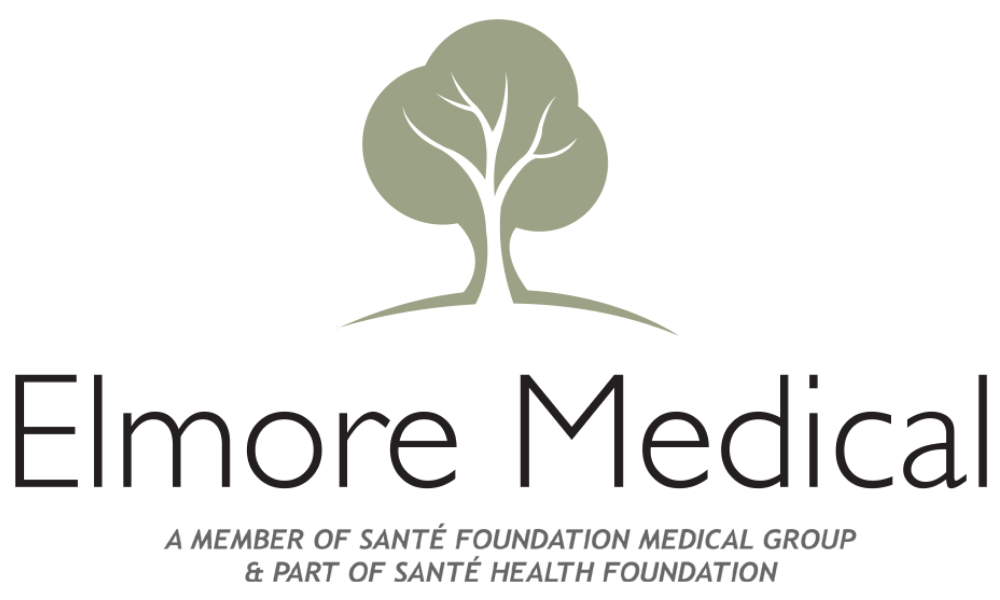The Role of Physical Therapy in Vein Health
When most people think about vein health, they imagine compression stockings, surgical procedures, or medications. While these treatments can be essential, one often-overlooked ally in maintaining and improving vein function is physical therapy. Targeted exercises guided by trained professionals can significantly reduce symptoms of vein disorders, improve circulation, and even prevent the progression of certain conditions.
Whether you’re managing varicose veins, chronic venous insufficiency (CVI), or recovering from a vein treatment procedure, physical therapy may be the missing link in your care plan.
Understanding Vein-Related Conditions
Veins play a crucial role in returning blood from the body to the heart. In the legs, they work against gravity, using tiny one-way valves and muscle contractions to move blood upward. When veins weaken or valves fail, blood can pool in the legs, leading to conditions like:
Varicose veins – enlarged, twisted veins visible under the skin
Chronic venous insufficiency (CVI) – a condition where blood doesn't efficiently return to the heart
Deep vein thrombosis (DVT) – a potentially dangerous clot forming in a deep vein
These conditions can cause symptoms such as aching, swelling, heaviness, cramping, and even skin changes or ulcers if left untreated.
Why Physical Therapy Matters
Physical therapy doesn’t just focus on joints and muscles—it also plays a key role in vascular health. Movement is essential for encouraging proper blood flow. Without regular use of the calf muscles—the “second heart” of the circulatory system—blood can stagnate in the lower limbs.
Here’s how physical therapy helps:
Improves circulation by stimulating the muscle pump mechanism
Reduces swelling by encouraging lymphatic and venous drainage
Enhances strength and mobility, which supports overall function
Decreases pain through gentle, structured movement
Supports recovery from vein procedures or injuries
Targeted Exercises That Support Vein Health
A physical therapist can tailor exercises to your specific condition, mobility level, and symptoms. Some of the most effective movements include:
1. Ankle Pumps
Lying or sitting, point and flex your toes repeatedly. This simple motion activates the calf muscles, encouraging venous return.
2. Heel Raises
Stand (holding a chair for balance if needed) and slowly rise onto your toes, then lower back down. Repeat 10–15 times. This strengthens your calves—key muscles for pumping blood upward.
3. Marching in Place
While standing or sitting, lift each knee alternately in a slow, controlled motion. This mimics walking and helps activate circulation in the lower body.
4. Walking
Even just 20–30 minutes a day of walking has been shown to improve symptoms of venous insufficiency. It’s low-impact, effective, and improves cardiovascular and muscular health.
5. Leg Elevation
While not a movement, regular periods of leg elevation can reduce swelling and give veins a break from gravity.
A Holistic Approach Through Physical Therapy
Beyond exercises, physical therapists offer a comprehensive approach to managing vein-related issues. They often address:
Postural education: Poor posture, especially during long hours of sitting or standing, can worsen vein issues. Therapists help correct these habits.
Gait analysis: How you walk affects circulation. Physical therapists can correct abnormalities that might contribute to poor venous return.
Manual therapy: Gentle massage techniques can reduce tightness and swelling, especially in cases of lymphedema or post-surgical healing.
Lifestyle modifications: Your therapist may guide you on integrating more movement into your daily routine or adjusting your work setup if it contributes to venous stress.
Physical Therapy After Vein Procedures
Many patients undergo treatments like sclerotherapy, endovenous laser therapy (EVLT), or vein stripping. Post-procedure care is crucial to ensure long-term success.
Physical therapy post-procedure helps by:
Reducing pain and inflammation
Promoting optimal blood flow to assist healing
Preventing recurrence through strength and mobility improvements
Teaching proper movement patterns and self-care techniques
Your provider might recommend starting therapy within a few days or weeks, depending on the procedure and your baseline health.
Who Can Benefit from Physical Therapy for Vein Health?
You don’t need to be recovering from surgery to benefit from vein-focused therapy. It can be appropriate for:
Individuals with sedentary lifestyles or desk jobs
People with a family history of vein disease
Pregnant or postpartum women experiencing leg discomfort
Seniors managing chronic swelling or varicose veins
Athletes recovering from injuries who are immobile for periods of time
Even if you’re asymptomatic but at risk, a proactive approach can preserve vein health and potentially prevent more invasive interventions later on.
Taking the First Step Toward Better Circulation
If you're experiencing leg pain, swelling, or visible vein changes—or if you're simply concerned about your vascular health—talk to your healthcare provider about a referral to a physical therapist who specializes in circulatory and mobility issues. It could be the start of a gentle but powerful shift in how your body feels and functions.
Final Thoughts
Physical therapy is more than a recovery tool—it’s a long-term strategy for managing and improving vein health. With the right movements, guidance, and consistency, targeted exercises can help you reduce discomfort, support your vascular system, and feel more in control of your body. Vein health doesn’t have to mean standing still. In fact, it thrives on motion.
If you’re looking to improve your vein health or want support following a vein procedure, our team is here to help. Contact us today to schedule a consultation and take the first step toward better circulation, less pain, and a healthier you.
Elmore Medical Vein & Laser Treatment Center is the premier vein specialty medical practice in the Central Valley. Dr. Mario H. Gonzalez and his staff offer years of experience and medical expertise that you won’t find anywhere else. Contact us to set up a consultation appointment.

